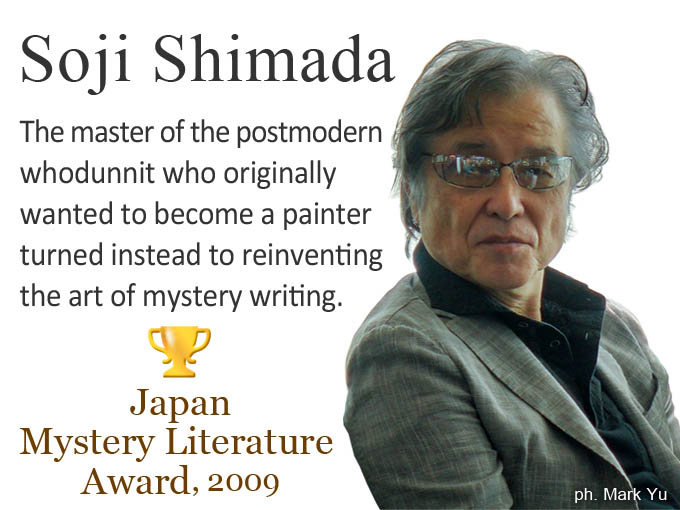It took Japan 20 years to sign up to the world’s first international copyright convention[UPDATED: 2-21-2018]
It took Japan 20 years, from its launch, to join the first multi-national agreement on copyright.
Japanese officials attended the 1886 Berne Convention on Copyright in Switzerland, considered to be one of the most important milestone in intellectual property right protection, as an observer, as did the United States. However, despite sending delegations to Switzerland neither nation signed the Berne convention, which led to the modernisation and internationalisation of author intellectual property rights.
The French author Victor Hugo (1802-1885), according to historians, was one of the key figures behind the initiative that led to the convention, which 10 countries signed. Other authors still famous today, including Mark Twain (1835-1910) and Charles Dickens (1812-1870), are also known to have lobbied and argued for author rights and better international protection of authors’ commercial interests.
Victor Hugo’s novels were first published in Japanese translation around this time, in the 1880s, as was Coningsby (also known as The New Generation), a novel by Benjami Disraeli (1804-1881), the two-time British Prime Minister. Coningsby was originally published in English in 1844.
It took Japan almost 20 years, one year longer than the United States, to adopt and become party to the Convention, which has since been updated and amended multiple times. Japan acceded to it in 1899.
The Berne Convention helped establish the concept of Country of Origin, stipulated a minimum mandatory term of 50 years of copyright after an author’s death; and provided protection for works published in translation or copies produced outside the country of initial publication.
Japanese officials attended the 1886 Berne Convention on Copyright in Switzerland, considered to be one of the most important milestone in intellectual property right protection, as an observer, as did the United States. However, despite sending delegations to Switzerland neither nation signed the Berne convention, which led to the modernisation and internationalisation of author intellectual property rights.
The French author Victor Hugo (1802-1885), according to historians, was one of the key figures behind the initiative that led to the convention, which 10 countries signed. Other authors still famous today, including Mark Twain (1835-1910) and Charles Dickens (1812-1870), are also known to have lobbied and argued for author rights and better international protection of authors’ commercial interests.
Victor Hugo’s novels were first published in Japanese translation around this time, in the 1880s, as was Coningsby (also known as The New Generation), a novel by Benjami Disraeli (1804-1881), the two-time British Prime Minister. Coningsby was originally published in English in 1844.
It took Japan almost 20 years, one year longer than the United States, to adopt and become party to the Convention, which has since been updated and amended multiple times. Japan acceded to it in 1899.
The Berne Convention helped establish the concept of Country of Origin, stipulated a minimum mandatory term of 50 years of copyright after an author’s death; and provided protection for works published in translation or copies produced outside the country of initial publication.

